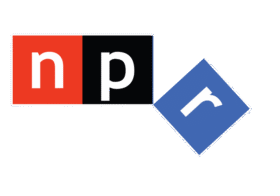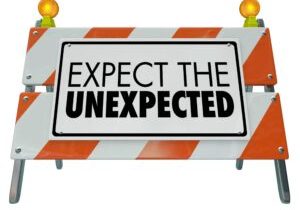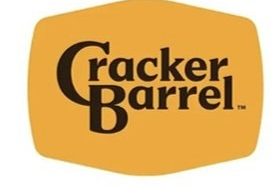 Last month, Caroline Beasley sent shock waves throughout a radio broadcasting industry that strangely has become accustomed to sweeping news stories. In an interview with Gordon Borrell, the chief executive of Beasley Media Group announced a pivot ahead of her company’s second quarter earnings. She unveiled a new initiative for the company—a very intentional leap into the “Digital First” waters that many broadcasters have long tried to avoid.
Last month, Caroline Beasley sent shock waves throughout a radio broadcasting industry that strangely has become accustomed to sweeping news stories. In an interview with Gordon Borrell, the chief executive of Beasley Media Group announced a pivot ahead of her company’s second quarter earnings. She unveiled a new initiative for the company—a very intentional leap into the “Digital First” waters that many broadcasters have long tried to avoid.
In fact, she challenged other companies in her industry to consider a similar strategy:
“As a company today, if you don’t have a digital-first strategy, my fear is that you’re really going to be left behind.”
But what does it actually mean when a broadcast radio company declares it is now operating under the “digital first” umbrella?
As reported in Radio Ink by Cameron Coats, Beasley explained  the new operating philosophy will help her company take full advantage of the advertising shift that now skews heavily digital. In her words:
the new operating philosophy will help her company take full advantage of the advertising shift that now skews heavily digital. In her words:
“The industry is evolving, and we are evolving with it. While our traditional broadcast properties will continue to play an important role in our portfolio, our focus must remain on the future—embracing digital innovation and new technologies that complement our core business. That is where the industry is headed, and we intend to be there.”
The sales end of the spectrum seems to be getting most of the attention as a result of the shift. The company is now developing an online platform where advertisers can purchase digital assets, and down the road, broadcast avails.
And Caroline mentioned sales orders must include digital offerings, while Beasley reps are being trained to showcase “digital first” marketing tools.
How will other broadcast radio companies define their shifts to digital? For clues, I took a look at the two companies that appear to be farthest down the field—Townsquare and iHeart.
In the former’s case, they’ve already broken the “50% digital barrier,” shifting their revenue stream dramatically during the past several years.
A visit to their company website is revealing. Despite Townsquare’s long-term commitment to digital, the eighth word in the company’s mission statement is “broadcast.”
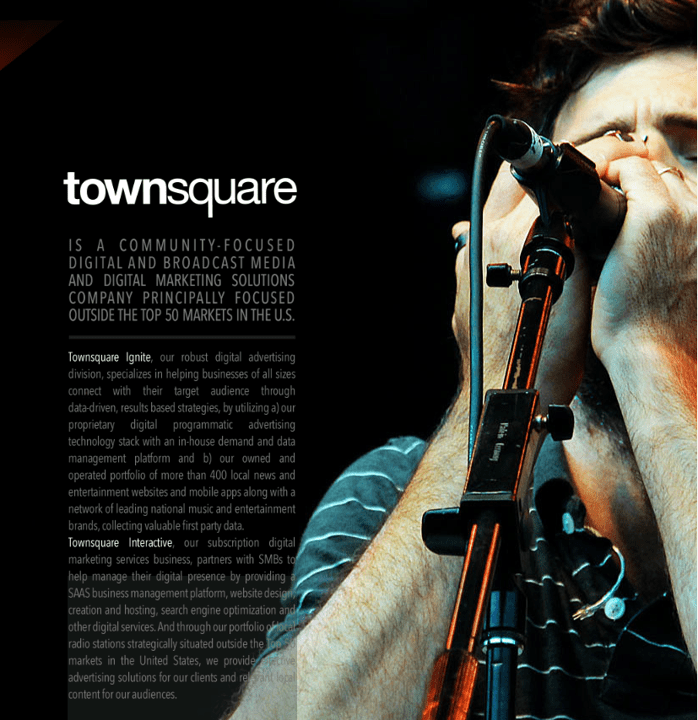
And just underneath is an excellent showcase for Townsquare’s 342 broadcast radio properties. In a large banner heralding “Local Media,” Townsquare accentuates how local radio is a key component in their radio strategy. And the site reminds its visitors how Townsquare is the third largest owner/operator of radio in the U.S.
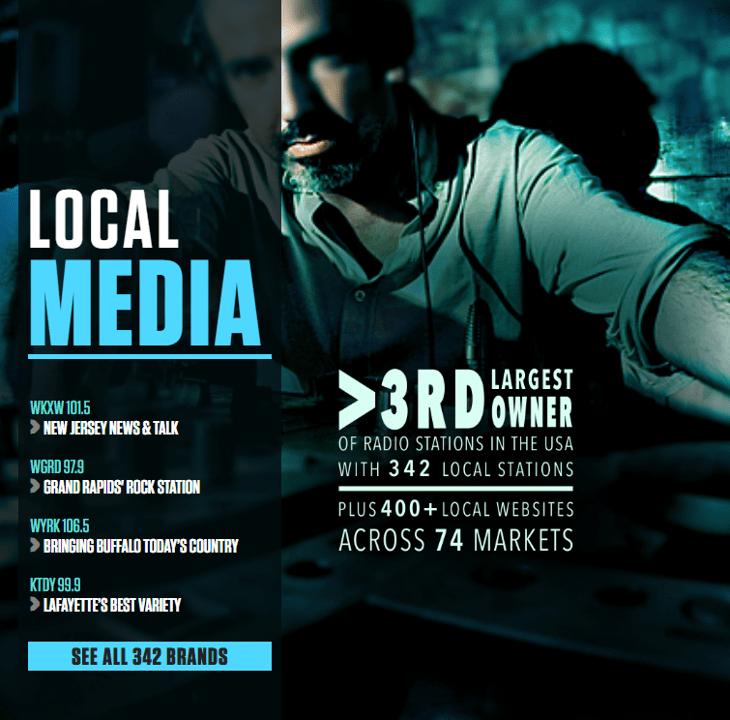
Note how four of the company’s radio stations are showcased on the site, occupying the left hand part of the page. To Townsquare, a key aspect of their operating master strategy is that local radio got them to the dance in the first place.
A visit to the iHeartMedia site reveals a different spin, amplifying audio as the company’s key product. The iHeart sweet spot is, in fact, audio. And the site makes the claim “iHeartMedia is the #1 audio company in the United States” in a clean, concise manner. And note how broadcast radio is part of the story:
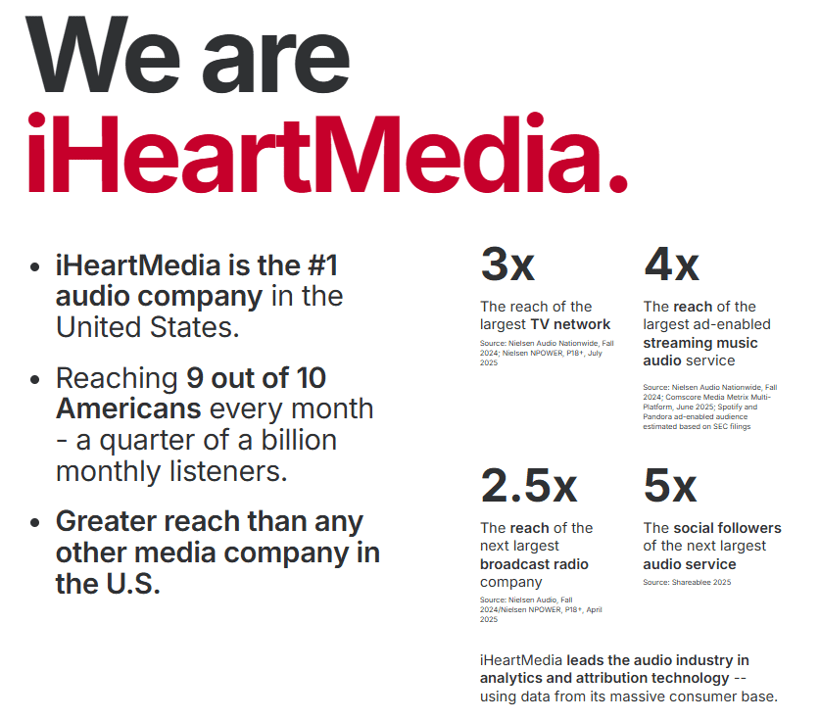
And similar to the hierarchy of the Townsquare set, a scroll down reveals a multi-panel “flipper” that is mostly about iHeart radio dominance:

Again, radio is more than a bit player in the overall schematic of these two large companies that formerly were “Radio First.”
It is also telling the advertising community how radio plays a key role in iHeart’s marketing efforts—not just on certain days and times. Both iHeart and Townsquare continue to make broadcast an important part of their story.
So perhaps we should look for answers to how other well-known traditional media outlets. And they don’t come older and more grizzled than newspapers. And to whit, one of the more venerable print giants, the Atlanta Journal-Constitution made a major announcement last week. Starting at the end of the year, AJC will no longer produce a print edition of their venerable paper.
more venerable print giants, the Atlanta Journal-Constitution made a major announcement last week. Starting at the end of the year, AJC will no longer produce a print edition of their venerable paper.
A story about this momentous decision to commit to digital appeared just a few days ago from Nieman Lab in a story titled “The Atlanta Journal-Constitution will stop printing at the end of 2025, going all in on digital.” This ends a storied 157-year run for the Journal-Constitution.
Interestingly, some newspapers have taken an interim step of reducing the number of “print days.” But not the AJC. Editor and publisher Andrew Morse explained the current level of 40,000 subscribers is down from 2020’s level of 94,000. Going back just over 20 years ago, the AJC enjoyed a subscriber base of 630,000.
This may seem like an abrupt move for the paper and its print subscribers, but it’s clear the aim of the AJC is to move quickly in a media environment that’s rapidly shifting:
I’m not sure “cold turkey” is accurate— but the last regular print edition of the AJC will be at the end of 2025. Thank you to all of our wonderful print subscribers for your support over the years. Please joins us on the ride. https://t.co/yxIv4xwwrv via @NYTimes
— Patricia Murphy (@MurphyAJC) August 28, 2025
Channeling some of Andrew Morse’s comments provides a revealing conversation starter for more and more radio companies.
First, Morse explains print is not the way to “meet the audience (or advertisers) where they are” for the AJC. He notes print is “not where audiences engage with us. It’s not where advertisers want to be a part of.”
Morse also noted the AJC will beef up its mobile app, an obvious component in the publication’s trajectory. The app is described as “a customizable launching pad for news, videos, podcasts, newsletters, the e-edition and perks for AJC subscribers.”
Another part of the new AJC strategy is events, not necessarily the most high tech or cutting edge of activities, but a smart way to create stronger connections with its community and to generate sponsor revenue.
In a separate story, The Poynter Report‘s Tom Jones also covered the major developments around the AJC sunsetting print. In that article, he spoke about the financial and strategic inefficiency of continuing to publish the print edition:
“The fact is, printing newspapers and putting them in trucks and driving them around and delivering them on people’s front stoops has not been the most effective way to distribute the news in a very long time.”

And then there’s the question of where the audience lands on this decision.
Poynter’s Jones explains the AJC‘s readers will have to adjust, especially those who like the tactile job of turning the pages of a physical paper. While everyone acknowledges there will be disappointment or even anger, “Digital journalism offers so more than a print edition: clearer visuals, video, audio, better graphics, unlimited space, interactive features and so much more. Digital also offers timeliness, and the ability to change as the news changes. Those who read print are getting news that is at least 12 to 24 hours old and is stagnant.”
But here’s the catch—and this would seem to apply to radio companies desirous of making the transition to a “digital first” strategy.

Jones warns that “if a news outlet is going to go all in on digital, especially to the dismay of print lovers, the audience experience must be flawless. That means no delays logging in, no issues using the app and no hurdles navigating the site.”
In radio terms, we’ve all seen the results of digital products that weren’t ready for “prime time,” including streaming snafus, lousy ad insertion, mobile apps that are inconsistent in their operation and navigation, horrific websites, and other lackluster digital offerings.
And one last consideration for the AJC from Jones that applies directly to radio:
“The journalism must be elite.”
Translation: radio’s digital content must do more than pass muster. It must be stellar with the ability to compete against the spectrum of digital audio.
Too often over the years, it simply has not.
For radio, getting serious about digital is, of course, not just a good thing, but long overdue. Living up to the higher standards that come with the challenge of digital will require investment in infrastructure, hardware, software, and of course, the people necessary to pull it off.
Before “digital first,” the AJC, other newspapers, and radio companies that follow, “excellence first” isn’t a bad mantra to keep repeating.
If it’s time to get serious about digital revenue, consider being proactive. Our D.R. (digital revenue) initiative headed up by Chris Brunt is yielding results. Talk to Paul Jacobs about how it makes sense for your brand or group.
And great mobile app results can be had by connecting with jacapps, the industry’s longest running company. Check in with Bob Kernen here.
Originally published by Jacobs Media

